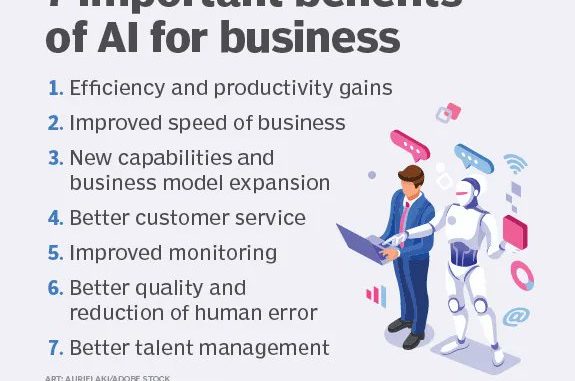
As the world continues to react to both COVID and geopolitics, investments in AI for security are likely to benefit from these shifts.
Successful AI investments generate ROI by first addressing concrete problems and then expanding to establish more cohesive security frameworks and partnerships. Therefore, IT security is a natural place for these investments.
Returns on investment for AI
Calculating ROI for AI is like calculating it in other areas. There are generally two areas for ROI: direct investment returns, or hard dollars, and indirect investment returns, or soft dollars. For a given dollar investment, look at how long it takes for a company to « break even » and supersede that amount in either revenue (hard dollars) or some other added value that would be difficult to quantify financially.
Companies using AI tools can show reports, usually measured in months, that show the time and money they saved in finding and resolving security issues — therefore proving that these tools add value. Added « soft benefits, » such as avoiding downtime and reputation damage, are helpful but usually not the most compelling reasons for investments.
Investors, however, look at AI ROI differently than the enterprise. In their case, they invest capital with a plan to receive a multiple of that investment over a fixed period, typically three to five years. Given the rapid growth of the IT security market, the investment community will likely see AI security investments achieving their ROI targets.
